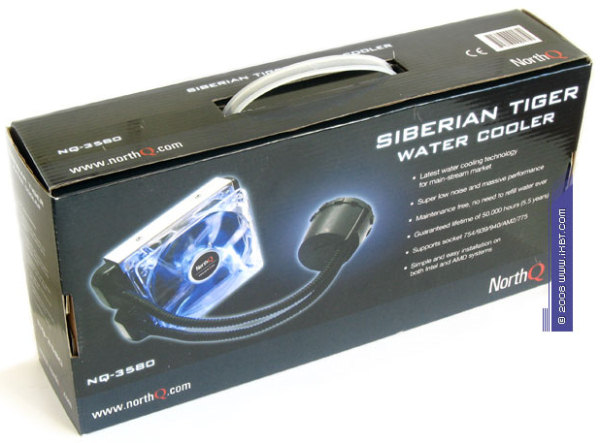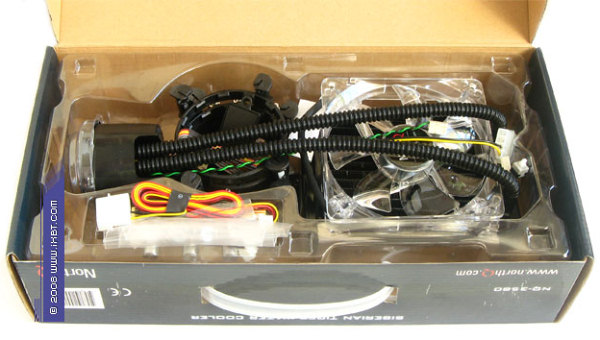The idea of a compact, economical, but reliable and productive liquid cooling system became a popular issue about five years ago. Processors of those times were heated up by constantly growing computing power. So they became a real bottleneck - many people thought that classic air coolers were on the brink of reaching their physical limit, that the heat dissipation of 200 W was round the corner, and that upgrade to cryogenic systems was to follow. The industry was trying hard to answer traditional sacramental questions: "Whose fault was it? And what to do?" The answer to the first question was clear - it was the "fault" of the market, i.e. consumers that wanted not only ascetic browsers and test editors, but also spectacular games, various multimedia applications, and other bells and whistles. But the second question was much more difficult. Indeed, the task to provide sufficient cooling in almost critical conditions was a burning issue. It required real break-through solutions. But purely practical results did not always come up to expectations - despite trying hard to design liquid cooling systems as a new cooling paradigm, major industry players failed to make a step from pilot models to real market products.
Fortunately, pessimistic forecasts were wrong - microelectronics started to develop intensively; there appeared AMD Opteron and Athlon 64 processors followed by Intel Core 2 Duo. So, the "thermal racket" about these processors ceased on its own. Meanwhile, manufacturers didn't abandon the work on designing promising liquid cooling systems. They were developed quietly in different labs around the world - just in case, such projects could always come in handy.
The most interesting fact was that the result of transforming quantity (research) into quality (products) wasn't obtained in major laboratories of the biggest patent owners, like IBM, but in labs of a relatively small Dutch company, Asetek. However, it was not unknown - it had been famous among overclockers since early 2000 owing to the innovative VapoChill cryogenic cooling systems. That time they did a great job again and came up with the LCLC concept (Low Cost Liquid Cooling) - a sort of a platform, which could be configured flexibly for various tasks. The commercial realization of this idea was very good. The new Asetek product almost ideally fit into that low cost design, which had been anticipated by many interested parties. The rest was pie: soon after the LCLC release, several European PC manufacturers chose this platform for their vanguard models. Last year it appeared in a family of gaming computers - HP's Blackbird 002. And recently it has turned up in the Predator gaming PC series from Acer.
It's a comforting thought that major OEM contracts haven't become Asetek's obsession - the company has also taken care of common users by joining efforts with NorthQ to manufacture retail modifications of its solution. Today we are going to examine the base edition of this platform - the NorthQ Siberian Tiger NQ-3580. First of all, we shall have a look at its technical features and usability. Then we'll try it in practice.
Bundle
We'll start our examination with the bundle - it's very important both in technical terms and from the point of view of usability. Fortunately, our product under review has something to boast of.
As a High-End product, Siberian Tiger NQ-3580 comes in a large neat box with a comprehensive and illustrated description of what's inside.
The box contains: a 120x120x25 mm fan, the device itself (LCLC platform consists of a heat exchanger, a pump, and a heat sink), a multi-platform kit of mounting accessories, two adapters, a satchel with thermal compound, and a brief manual.
That is, we get a complete kit, including all necessary components for a processor-centric liquid cooling system, plus a couple of accessories to make it more convenient to maintain the system (adapters for multi-channel fan control). Not bad! I wonder how interesting our system is in practice. What about its technical parameters? Let's find out.
Write a comment below. No registration needed!


